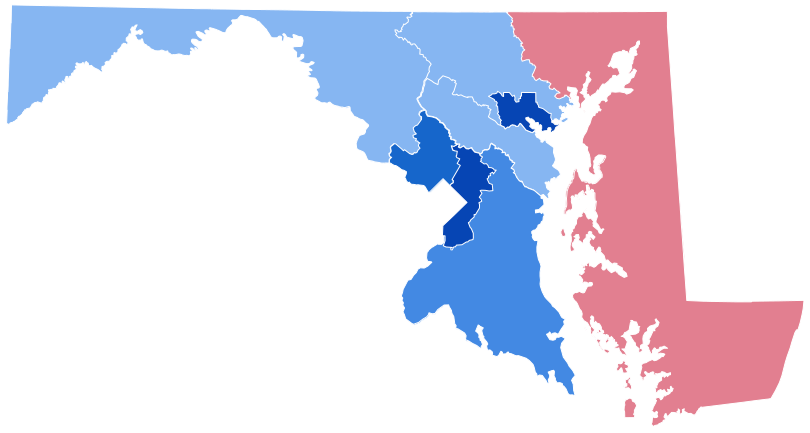Last Term Major Supreme Court Decisions: #1 Gerrymandering
With June came the last opinion days of the October 2018 Supreme Court term. Over the month, the Court publicly announced the remaining decisions on cases that had been fully briefed and argued during the term. As often happens, in those final days, the Court releases opinions in many of the most contentious, most closely watched cases and this year was no exception. The three cases addressed: Gerrymandering of Congressional districts, Separation of Church and State, and Citizenship Question on 2020 Census.
Because of the fundamental questions raised in each case, the CSES Editors determined only one will be discussed in each of the next three issues: 7/24 Gerrymandering, 8/06 Church and State, and 8/20 Census Question. Earlier CSES issues have dealt with aspects of these topics: Gerrymandering, Church and State, Census Question.
In what was clearly the most significant decision of the term, by a narrow 5-4 vote, the Court determined that the problems connected with extreme partisan gerrymandering had to be remedied other than by the federal courts. Voters and other plaintiffs in North Carolina and Maryland had challenged their States’ congressional districting maps as unconstitutional partisan gerrymanders. The North Carolina plaintiffs complained that the State districting plan discriminated against Democrats, while those in the Maryland case complained it targeted Republicans. In each case, the plaintiffs asserted that by drawing districts to maximize the power of some voters and minimize the power of others, a party in office at the right time can entrench itself there for a decade or more, no matter what the voters would prefer.
In writing the majority opinion, joined by the Court’s other more conservative Justices, Chief Justice Roberts acknowledged that excessive partisanship in drawing voter districts leads to results that “reasonably seem unjust.” However, the fact that such gerrymandering is incompatible with democratic principles does not mean that the solution lies with the federal judiciary. “We conclude that partisan gerrymandering claims present political questions beyond the reach of the federal courts.“ A “clear, manageable and politically neutral” test has not yet been found necessary to decide when the consideration of politics has gone too far. In the future, according to the majority, this does not mean that these problems cannot be addressed, but they will have to be addressed by the states or Congress.
In a strongly-worded dissent, Justice Kagan, joined by the Court’s more liberal Justices, wrote that today’s excessive partisan gerrymanders here debased and dishonored our democracy, “turning upside-down the core American idea that all governmental power derives from the people.”
In giving such gerrymanders a pass from judicial review, the majority goes “tragically wrong” in her opinion. “Big data and modern technology—of just the kind that the mapmakers in North Carolina and Maryland used—make today’s gerrymandering altogether different from the crude line drawing of the past. “The plaintiffs in these cases asked only that “the courts bar politicians from entrenching themselves in power by diluting the votes of their rivals’ supporters.” And the lower courts using “neutral and manageable—and eminently legal—standards, provided that (and only that) relief.” “This Court should have cheered, not overturned, that restoration of the people’s power to vote.”
One possible outcome of this decision is the likelihood that extreme partisan gerrymandering will become even more extreme and more widespread. And simply because of that, the remedies suggested by the Court’s majority will predictably become even more difficult to achieve.
Common Sense for the Eastern Shore








